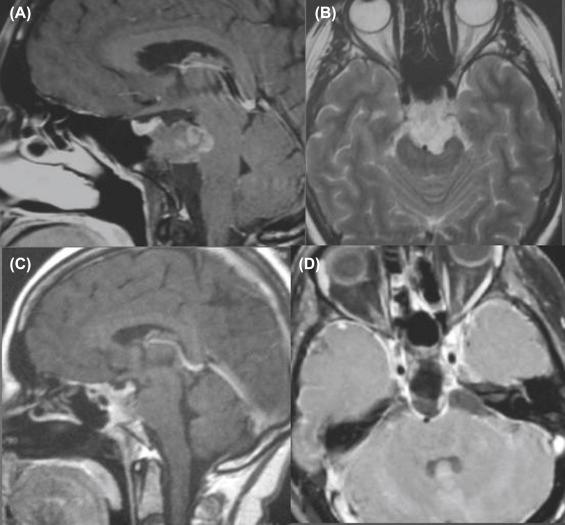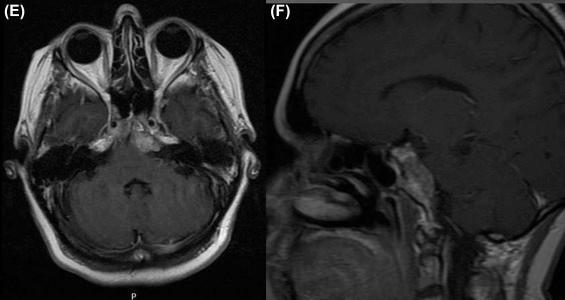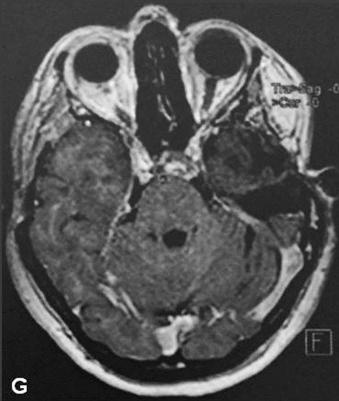Physical Address
304 North Cardinal St.
Dorchester Center, MA 02124
© 2018 Elsevier Inc. All rights reserved. Please note that the copyright for the original figures submitted by the contributors is owned by Contributors.
Chordomas are unusual malignant dysontogenic neoplasms with a low incidence (less than 0.03 per 100,0000 person) and unpredictable growth rate. Chordomas are invasive and locally destructive. Their pathological diagnosis can only be confirmed by immunohistochemical stains. Midline origin from rather thin bone and bilateral extension through the base of the skull usually precludes en bloc oncological removal of clival chordomas. Even so, the role of radical resection is well established and is often undertaken. Even after wide radical removal of the soft tissue and osseous tumor and extensive drilling removal of surrounding bone skull base, chordomas have a notorious tendency to recur. Their high recurrence rates after surgery alone warrant adjuvant high-dose radiation therapy. This combination of radical removal and high-dose radiotherapy delays the time of recurrence, but in most cases, the tumor eventually recurs locally. These recurrent cases present quite a challenge, particularly in the reconstruction intended to prevent CSF leak. Scar and radiation-induced angiopathy challenge tumor dissection and increase the risk of vascular injury, and tissue devitalized by prior surgery and radiation is less useful for closure and prevention of CSF fistulas. These considerations favor an approach for reoperation that differs from the original. In this chapter we address the role of reoperation in the management of recurrent skull base chordomas ( Figs. 37.1–37.4 ).




Become a Clinical Tree membership for Full access and enjoy Unlimited articles
If you are a member. Log in here